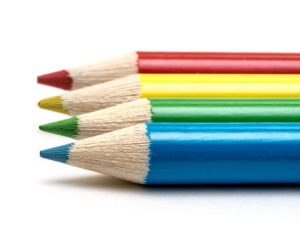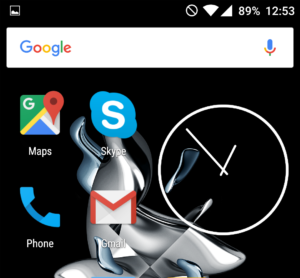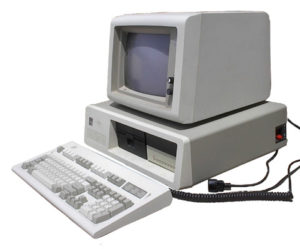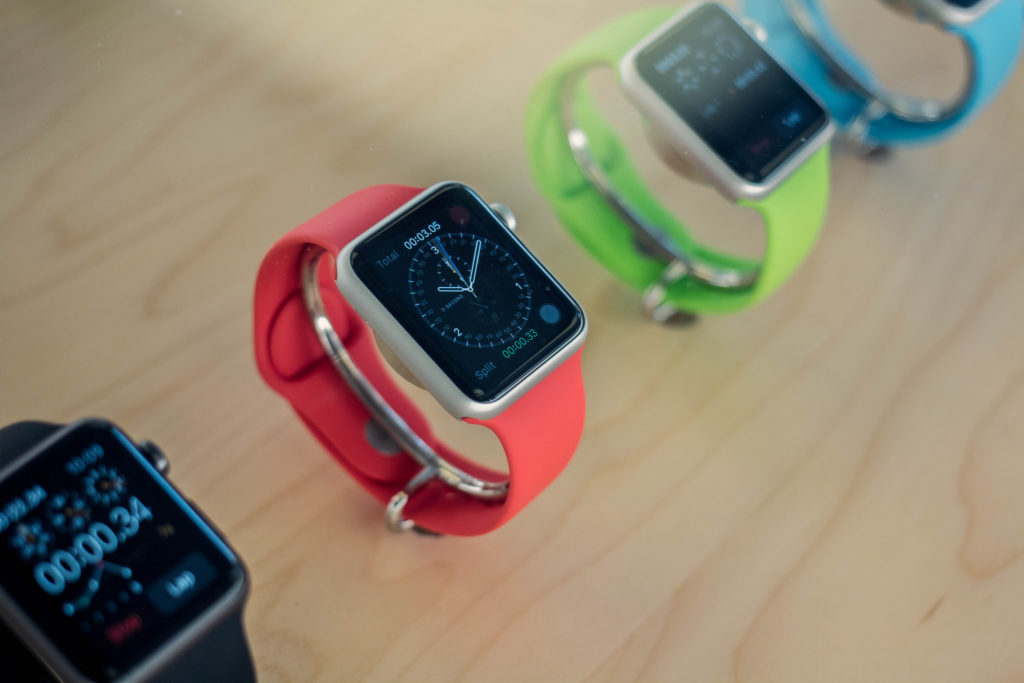Why Customization?

Letting users customize various aspects of their products has progressively become a more common practice. Consumers today often get to choose a multitude of product traits, such as colour, size, texture and tech-specs. There are several reasons for why companies and designers are allowing consumers to have an increased say in how their products should be.
One reason is the belief that it is possible to create a more personal connection with the product if it feels somewhat unique to you. In this case we are most often talking about purely cosmetic changes that do not affect the functionality of the product.
Another big reason for allowing customization is that it allows the same basic product to cater to users who demand different things. An example of this would be software that comes with an “advanced mode” with more functionality that most users will never need, but power-users will appreciate.
When Customizability Becomes a Problem
Despite all of the great things about customization there are some problems that can appear if implemented incorrectly.
1. Impeding Usability
The first way customization can become a disadvantage is if the user is allowed to customize their experience in a way that impedes usability. The user should never be able to make their product worse, regardless of how they choose to use the freedom given to them by the designer.
A simple example of this would be the widgets that users can place on the home screen of Android devices (perhaps iPhones as well now, please don’t crucify me). They have the ability to place a giant analog clock that takes up a fifth of the screen real estate and provides them with the same information that is already readily available in the status bar. It might look cool, but the user will now have to scroll more to get through his apps (assuming he has more than one screen of apps). Even worse the user has the ability to add so many widgets that the battery life becomes abysmal.

This will negatively impact the experience of using the device, and the user will notice. Perhaps they will not be able to point out exactly what is wrong, but using the device will feel worse.
This is where some designer would say: But that is how they chose to have it. It is not my fault that their preference resulted in a bad user experience! But the truth is this: If you designed the device in a way where it is possible to make it worse by customizing it a certain way, it is on you. Do not put your burden of design on the user.
2. Overwhelming Complexity

The second problem appears when there is so much choice that the consumer feels paralyzed and cannot make any decision at all.
This is common when people who are not very tech savvy go out to buy a new PC. They may know what they want to do with the computer, but that does not mean they know how much RAM, CPU Speed, or what graphic card they need.
I believe this was a big reason for why tablets were so appealing to people when they first hit the market. You did not need to know anything about the inner workings of a computer, you just went to the store and asked for an iPad.
3. The Impossibility of Getting it “Right”
What I am referring to here is the nagging feeling of having made the wrong choice as a customer. Maybe you should have gone with the white colour, or maybe the screen was a bit too small after all. This feeling will not leave you and it will taint the relationship you have with your product. The worst part about this is that this can happen even if all of the choice you made were the right ones, just because you will never know what could have been.
If there is only one configuration available, all of this anxiety disappears and you can feel certain as a customer that what you have is the best version possible.
Why Does Unnecessary Customizability Happen
I feel a lot of products with bad customization are created as a result of designers, consciously or unconsciously, avoiding hard design decisions by letting the users make them instead.
Another reason for why this could happen is that one product tries to please too many different segments. While customizability does allow users with different needs to get more out of the same product, catering to too many user groups can lead to the product being cumbersome for everyone in the end.
How to Implement Customizability Responsibly
A way to avoid many potential problems is to keep the customizability purely cosmetic. But even here you have to be careful since not all products need to be personalized. If all of the products in our lives would be asking for our opinion on how they should look we would quickly become overwhelmed.
I think the Apple Watch is a great recent example of a highly customizable product where the user experience is never impacted in any significant way by the configuration you have. It is also a product that really benefits from customizability as it aims at replacing the watch, a highly personal possessions for many people.

For a product where you want to allow customizability that affects usability it is important that all of the different options available are useful for someone. A no-brainer really, yet this can be a difficult rule to follow as the possibility space grows exponentially when you allow new features to be configured.
Closing Words
While customization is something many consumers undoubtedly enjoy, I feel its importance for creating a personal connection is often overstated. Is it really that much more unique to have a device that 20 million other people have, as opposed to 50 million?
A method for creating personal connections that I believe to be more effective is to have designs so well considered that the user cannot wait to spend more time with the product. Just like human relationships relationships to objects grow the more time we invest in them. If the time spent with the product has been pleasant, our relationship to it will be pleasant as well.
Designers should not be afraid to make statements about how they believe products should function and look. We will not always get everything right, but it is our job to at least try.